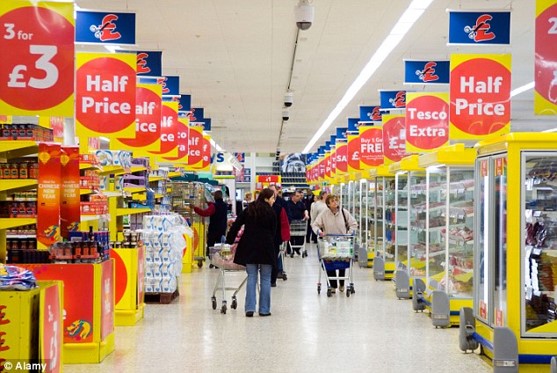Every shopper marketing business has a path to purchase model, even us and most (but not all!) end up with a final step – purchase…
And yet it appears that it is in this last step – the point where value is finally delivered – that failures occur in execution. The greatest strategies fall down if the product isn’t available and, in fact, if after guiding and sweet-talking a shopper all along the path to purchase we let them down on the home straight, then the impact on our brands can be negative.
Now this is nothing new, but I’m prompted by my own latest frustration at the hands of bad availability. This week in a department story it was Panasonic who let me (or rather my wife) down. After around ten minutes browsing for a hairdryer (there was no staff to simplify the process) we selected a Panasonic model, only to be told it was out-of-stock. Three Panasonic models later, and we ended up with Phillips. Not because it was better, it was just there. For Panasonic, all the space (and here in Bangkok, all the fees paying for that space) is just cost, and I’m left feeling negative about the whole experience – negative about the retailer and negative about the manufacturer. And for Phillips, of course, this was the cheapest bit of in-store marketing they’d ever done. Trial created merely for the price of being there.

Path to purchase models should be used to identify the blockages that prevent purchase; and every effort should be made to clear that blockage. There is not point “winning” further upstream if we fail at the last hurdle.
From razor blades being locked up, to dummy packs of milk powder, manufacturers who make it hard to complete the purchase risk missing a sale and not getting a return on all of their marketing investment – above and below the line. In a store check a few months ago near London a full 12% of grocery products were out of stock in an Asda store. A few months ago Sony took me along the path to purchase for an age – online/offline/in-store/demos the lot, and then (and only after talking to the guy in-store for ages) did they tell me that the product wasn’t available. Come to think of it, Panasonic were the beneficiaries that day… Some you win, some you lose
If your path-to-purchase analysis doesn’t go all the way to the final transaction, you may be missing huge opportunities. Sony, Gillette, Panasonic have all let me down recently – who has let you down, or, on the other side, who has benefitted from a focus on availability? Any cool cases received with thanks!




